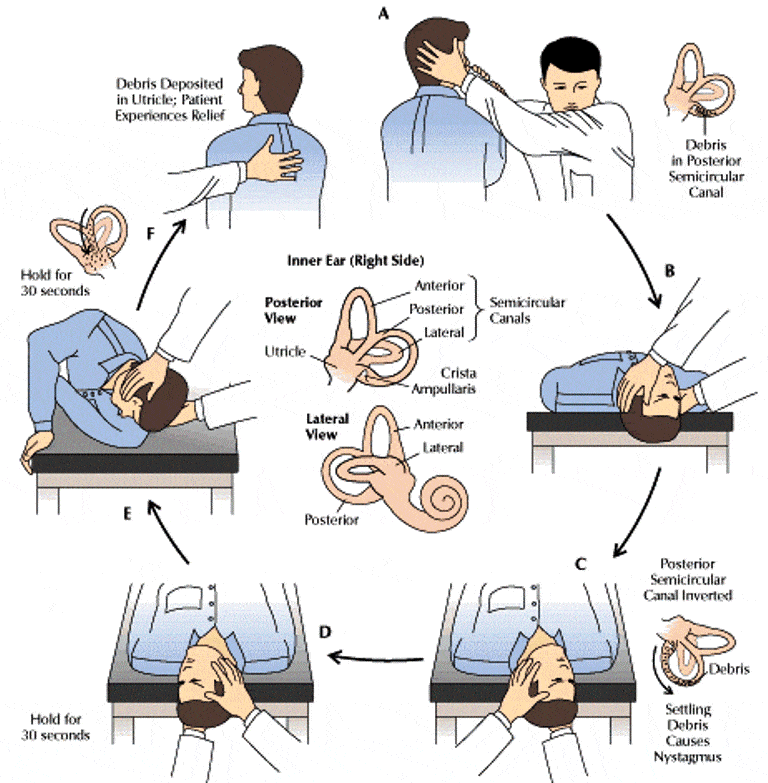

Vision exercises to coordinate head and eye movements.Neck mobility exercises to increase flexibility.Strength training to help with posture and balance.Stretches to reduce tension in your neck and shoulders.If your vestibular system is injured in any way, it can cause vertigo.Īfter an evaluation to determine the cause of your vertigo, your physical therapist will design a personal therapy program that might include exercises like: Your vestibular system, which is contained in your inner ear, is responsible for your balance and your sense of where you are in space. Vestibular rehabilitation uses a combination of training and exercises to improve your balance and stop vertigo. To get rid of these uncomfortable, disruptive symptoms, you need to seek out the help of a physical therapist and vestibular rehabilitation. Vertigo can also be related to stroke, brain trauma, head injury or chronic conditions like multiple sclerosis (MS). While it can be a sign of serious issues, vertigo and dizziness are often signs of problems with your neck or inner ear. It can be hard to get through and even make you feel nauseous. Vertigo is the unsettling feeling that the floor is suddenly rising up to meet your face. The Cure for Vertigo: Vestibular Rehabilitation Diabetes Nutrition Education and Counseling.LSVT® BIG Program for Parkinson’s Therapy.Instrument-Assisted Soft Tissue Mobilization.


 0 kommentar(er)
0 kommentar(er)
